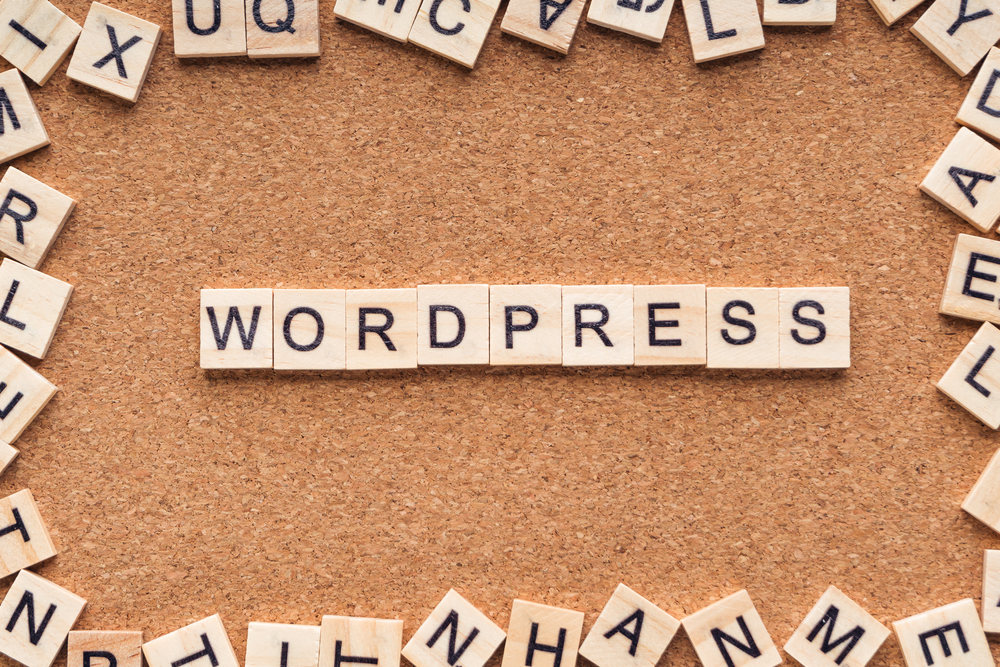
WordPress has become the go-to platform for creating and managing websites. Its user-friendly interface, vast plugin library, and customizable themes make it a favorite choice for beginners and experienced web developers alike. However, truly mastering WordPress takes time and practice. In this article, we will share expert tips for customizing and maintaining your WordPress (WP) website to ensure it stands out from the crowd.
1. Choose the Right ThemeThe first step in mastering WordPress (or WP) customization is selecting the right theme for your website. With thousands of free and premium options available, it's essential to consider your website's purpose and target audience. Look for themes that are responsive, SEO-friendly, and easily customizable. Avoid using overly complex themes that can slow down your website's performance.
2. Customize Your Website with Plugins
WordPress (the platform for bloggers) plugins are powerful tools that allow you to extend the functionality of your website without any coding knowledge. From contact forms to social media sharing buttons, there's a plugin for almost every feature you can imagine. However, be cautious not to overload your website with too many plugins, as it can impact the site's speed and security.
3. Optimize Your Website for Speed
Website speed plays a crucial role in user experience and search engine rankings. No one likes a slow-loading website, and search engines prioritize fast websites in their results. To optimize your WordPress website for speed, consider compressing images, using caching plugins, and minimizing the number of HTTP requests made by your website.
4. Take Care of Security
WordPress is a popular target for hackers due to its widespread use. Therefore, it's crucial to implement proper security measures to protect your website. Keep your WordPress (the blogging platform) version, themes, and plugins up to date, as outdated software can be vulnerable to attacks. Additionally, install a security plugin, use strong passwords, and regularly backup your website.
5. Utilize Child Themes
Child themes allow you to make customizations to your website's theme without modifying the original theme's files. This is important because every time the original theme is updated, your changes won't be overwritten. Creating a child theme ensures that your customization remains intact, reducing the risk of potential issues in the future.
6. Create Custom Navigation Menus
WordPress provides an easy way to create custom navigation menus, allowing you to showcase the most important pages of your website. Utilize this feature to improve user experience and guide visitors through your site's content. Additionally, ensure that your menu structure is logical and follows a hierarchical order.
7. Optimize Your Content for SEO
Search engine optimization (SEO) is crucial for increasing your website's visibility in search engine results. WordPress offers numerous plugins, such as Yoast SEO, that can help you optimize your content. Learn about on-page SEO techniques, such as keyword research, meta tags, and creating a sitemap, to improve your website's ranking.
8. Regularly Update Your Website
Updating your WordPress core, themes, and plugins is crucial for maintaining a secure and optimized website. Regular updates often include bug fixes, security patches, and new features. However, before updating, remember to backup your website to avoid any issues that may occur during the process.
Frequently Asked Questions:
Q1. Can I use WordPress for e-commerce websites?A1. Absolutely! WordPress offers several plugins, such as WooCommerce, which can transform your website into a fully functional e-commerce store.
Q2. How often should I update my website's content?
A2. Updating your website's content regularly not only keeps it fresh and engaging for visitors but also helps with search engine rankings. Aim to update your content at least once a month.
Q3. Should I choose free or premium themes for my website?
A3. The choice between free and premium themes depends on your requirements. Free themes can be a good starting point, but premium themes often offer more advanced features and dedicated support.
Q4. Can I switch themes without losing my content?
A4. Yes, you can switch themes without losing your content. However, there might be some adjustments needed to fit your content into the new theme's structure.
Q5. Are there any limitations to WordPress?
A5. While WordPress is a powerful platform, it does have some limitations. These include scalability issues for extremely large websites and potential security vulnerabilities if not properly maintained.
In conclusion, mastering WordPress requires a combination of knowledge, practice, and a willingness to explore its vast ecosystem. By following these expert tips for customization and maintenance, you can create a unique and high-performing website that meets your goals. Remember, WordPress is continuously evolving, so staying up to date with the latest trends and techniques is vital for long-term success.
Other useful resources
- https://www.wordpress24plus.com/wordpress-tools-directory/wordpress-plugins/
- https://en.wikipedia.org/wiki/WordPress
- https://www.wordpress24plus.com/services/